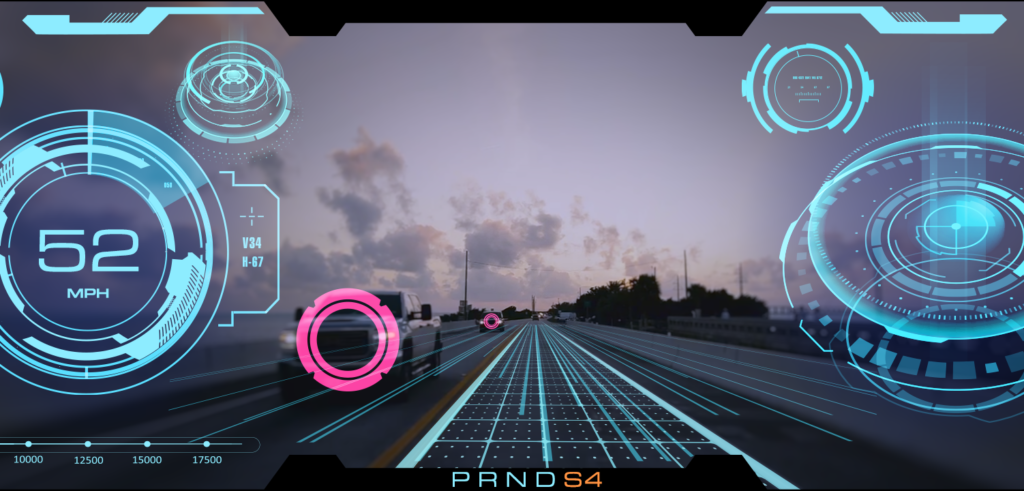Automotive software developer Basemark has launched its Rocksolid AR SDK, a full suite of software development tools and runtime systems for the development of automotive in-cockpit AR applications. The company states that the tools will enable customers to develop and deploy AR solutions easier, faster and more efficiently.
New safety standards and increasing customer demand for driving comfort are propelling automotive makers to develop and deploy new safety and comfort features. Augmented reality holds immense possibilities to improve comfort, safety and the driving experience. For example, AR applications can increase the accuracy and safety of navigation and enhance vehicle safety and ADAS features, such as lane departure warnings. In addition, augmented reality-powered applications can help the driver with vehicle interaction and be more aware of their surroundings as drivers get instant information on the surrounding environment and road conditions.
“As cars become more software-defined and the industry is tackling the challenge of chip shortages and power consumption, car makers need solutions to address these two points. The Rocksolid AR SDK provides industry-leading power efficiency and wide hardware support, so we are quite confident that our product is received well in the market,” said Tero Sarkkinen, CEO and founder of Basemark.
Basemark recently announced its cooperation with BMW to develop AR Solutions for its iX models. The Rocksolid AR SDK can be used as a standalone component integrated into existing automotive software and electronics architecture or as an integral part of the Rocksolid Core automotive OS and architecture.
The solution supports both OpenGL ES and Vulkan APIs, providing options for the customer to deploy the AR applications on a wide variety of different processors. This is important for car manufacturers as, due to chip shortages, they need to be flexible on which chips they choose to build different car models. The company states that efficiency of processing is customarily more than two times better than with OpenGL ES, resulting in smaller power consumption and hence longer range for EVs.


